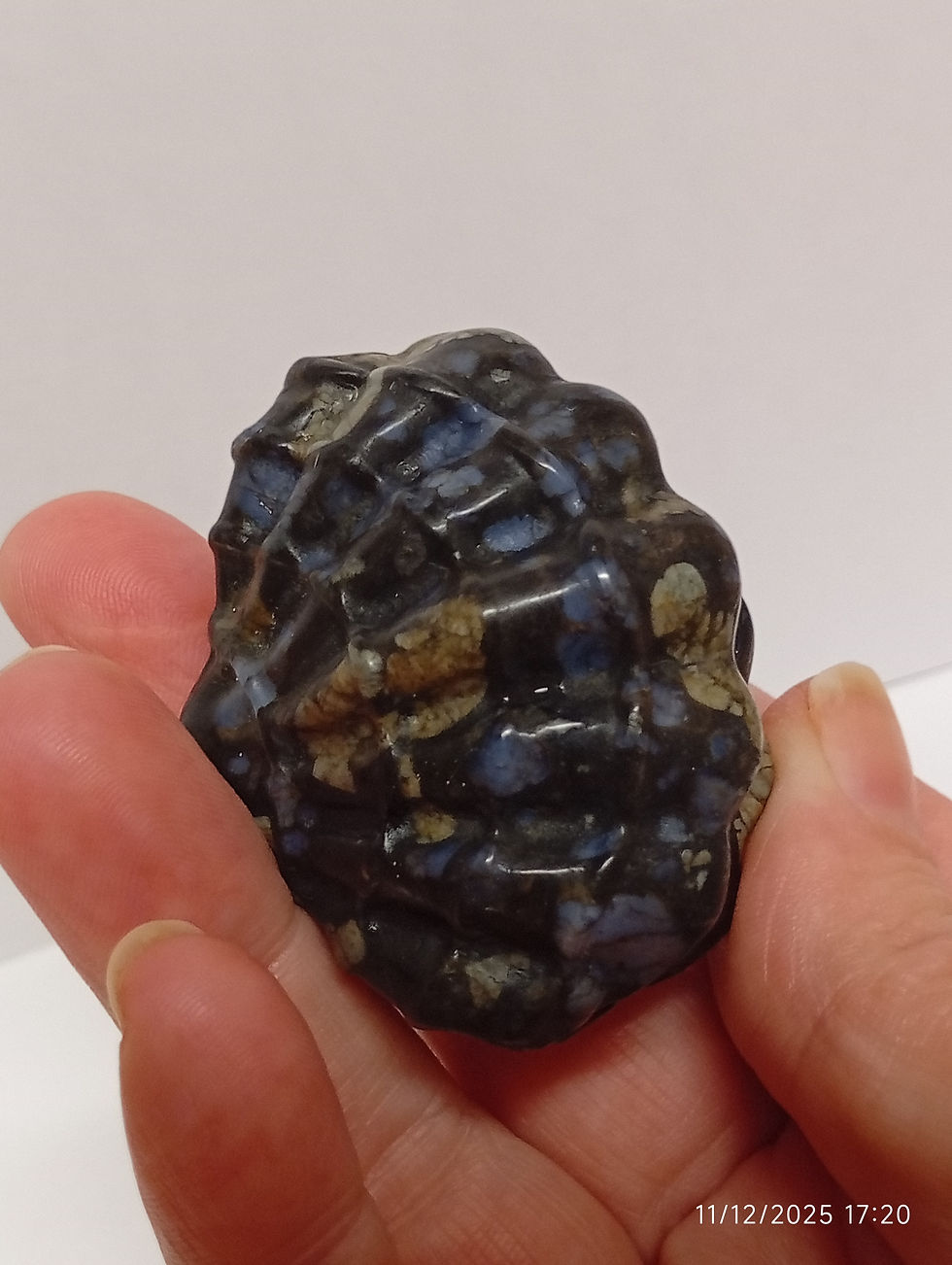New Dinosaur Species Uncovered in England
- Katriona MacMillan

- Jul 9, 2023
- 3 min read
Scientists Uncover (Another) New Species of Dinosaur on the Isle of Wight

The Isle of Wight has been famous for dinosaur and fossil finds for the past two centuries. This new discovery at the beginning of June 2023 comes next in a long line of ancient animals uncovered on the UK’s best known “Dinosaur Island.”
Let’s face it, if they ever do build Jurassic Park, The Isle of Wight would be prime real estate.
Key Takeaways About The Dino Discovery:
· This dinosaur fossil dates to between 145 and 100.5 million years ago.
· The new dinosaur is named after a long term Professor at London’s Natural History Museum.
· The giant lizard is a type of ankylosaur from the Early Crustaceous Period.
· Isle of Wight branded ‘vitally important’ in understanding Dinosaurs from this era.
· Discovery comes one year after Spinosaurus remains were found on the island.
New Dino Named “Vectipelta Baretti” For Museum Professor
Professor Paul Barrett said he was “flattered and absolutely delighted to be recognised in this way” in an interview with CNN.
The Professor added that any physical resemblance between he and the spike-plated dinosaur species Vectipelta Baretti was “purely accidental”.
A paper regarding the new discovery hit the Journal of Systematic Palaeontology in issue 1 of 2023. You can read the volume, which dates to February 2023, by following this link.
The new species is of the Ankylosaurus group. These were spike plated, defence-built dinosaurs who were plant eating. They were typical in North America, making this find an incredibly significant representation of the diversity among this dinosaur family.
Past Fossil Discoveries on the IOW, UK.
The Isle of Wight has produced epic fossils for over 140 years now. The island is so well known for dino fossils that it has become a main source of tourism for the region. Attractions such as Dinosaur Isle and the fossilised dino footprints bring thousands to this independent UK Island each year . The island made the news again early last year when the partial fossilised remains of a Spinosaurus aegyptiacus were uncovered. This huge bipedal dinosaur was a theropod, one of the biggest predators of the Crustaceous period.
Dinosaur Island has produced 2 types of Iguanadon fossil, a Polacanthus foxii, Valdosaurus canaliculatus, Mantellisaurus atherfieldensis, and the Riparovenator are all among past specimens.
If you wish to go fossil hunting on the Isle of Wight, you should not remove any material. Mark down your findings and the coordinates and take pictures. Take these to the Fossil ID Service at the museum, and they will tell you what it is. If it is a massively significant find, you might even get a reward. This book on finding fossils in the UK might help you learn what to look for.
Were there Dinosaurs in Scotland?
Yes! Although many of the typical fossils you find in rivers and other waterways come from even earlier periods. Some of the fossils we collect are as many as 330 million years old. These fossils predate the dinosaurs. If you buy a Scottish fossil through The Stone Circle, you are buying fossils older than the dinosaurs!
But if you want Scottish dinosaurs you have to head to the Isle of Skye. Palaeontologists discovered dinosaur footprints in the shale there, which confirms that there were dinosaurs this far north. These footprints are from long-necked Sauropods and are so famous that they are mentioned as a travel experience in Atlas Obscura. If you want to learn about the science, you can visit the Edinburgh Geological Society to learn about dinosaur fossils from Scotland.
The Edinburgh Geological Society did inform TSC that if we find any dinosaurs in Southern Scotland we are to alert them immediately. They shouldn’t be there… but you never know.
Scottish Fossils for Sale at The Stone Circle
You can shop for Scottish fossils in our online rock shop. We regularly update our products so keep an eye out for new material. You can also read more about Scottish fossils in our blog.
Liked this post? Buy Katriona a Coffee to support her work as a full time writer and keep blogs like this coming.

$50
Product Title
Product Details goes here with the simple product description and more information can be seen by clicking the see more button. Product Details goes here with the simple product description and more information can be seen by clicking the see more button

$50
Product Title
Product Details goes here with the simple product description and more information can be seen by clicking the see more button. Product Details goes here with the simple product description and more information can be seen by clicking the see more button.

$50
Product Title
Product Details goes here with the simple product description and more information can be seen by clicking the see more button. Product Details goes here with the simple product description and more information can be seen by clicking the see more button.




















Comments